Many experts believe that the current learning journey of learners is divided into many separate segments. Without a comprehensive policy to connect the entire system, even a thorough law amendment will be difficult to help theeducation system transform substantially.
Unclear flow, loose orientation
The 2018 General Education Program allows students to choose a combination of subjects according to their abilities and interests, which seems to have solved the problem of career orientation. However, according to Dr. Nguyen Thi Thu Anh - Member of the National Council for Education and Human Resources Development, the reality is not as expected.
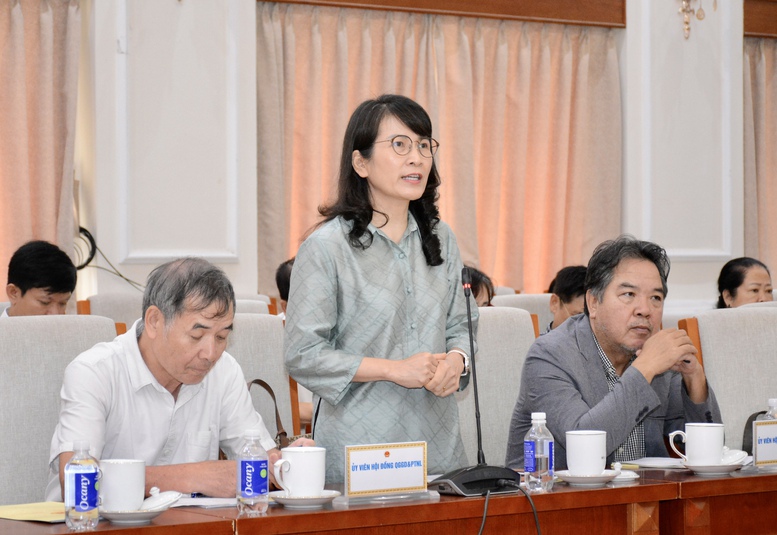
Dr. Nguyen Thi Thu Anh said that there should be regulations requiring localities to organize streaming and build subject combinations in a systematic and synchronous manner - Photo: VGP/Nguyen Manh
"Schools are allowed to develop subject combinations, but many places are confused and lack direction. A student with musical talent cannot find a school that teaches the right major. Or, for example, enrolling students in English Language majors without a second foreign language in the combination is clearly unreasonable," she gave an example.
According to her, the main reason is the lack of unified regulation from localities. Therefore, there should be regulations requiring localities to organize streams and build subject combinations in a systematic and synchronous manner.
Creating a corridor connecting career and university
Prof. Dr. Pham Hong Quang - Chairman of Thai Nguyen University Council said that the current education system lacks connectivity between general education, vocational education and university education, making it difficult for learners to have a consistent capacity development path. He recommended building a model of vocational high school, helping students approach careers early, instead of waiting until graduation to choose a direction.
"There is no developed country that lacks a strong university education. We should not just stop at promoting vocational training, but also create conditions for learners to continue their studies if they have the ability," Mr. Quang emphasized.

Associate Professor Dr. Ho Xuan Nang proposed allowing universities to establish businesses from research results, promoting start-up models right in schools - Photo: VGP/Nguyen Manh
At the university level, experts assert that universities need to become centers of innovation, instead of just places for teaching and learning. Associate Professor Dr. Ho Xuan Nang – Chairman of Phenikaa University Council proposed allowing universities to establish businesses from research results, promoting start-up models right in schools.
He said many foreign partners are willing to transfer universities to domestic private units, but the current legal corridor is still unclear, causing difficulties for private universities. "We are talking a lot about technology transfer and creative startups, but if the law does not clearly stipulate the mechanism, it will be difficult for schools, especially private universities, to act," he analyzed.
Need for a comprehensive connectivity policy
From career guidance in high school, to connectivity between levels of education and innovation in universities – these three important links are still not connected into a seamless development chain for learners. Many experts warn that if the revised Education Law continues to lack a comprehensive vision, the education ecosystem will find it difficult to make a breakthrough.
Education cannot be reformed in a partial, piecemeal manner. Only when a comprehensive learning journey is designed, starting with early career guidance, ensuring connectivity between levels of education and promoting creativity in universities, can learners truly have the opportunity to develop fully and education can move to a more sustainable and effective stage of development.
Tue Lam
Source: https://baochinhphu.vn/bai-1-tu-phan-luong-den-huong-nghiep-can-mot-hanh-trinh-lien-mach-cho-nguoi-hoc-102250601223701663.htm
























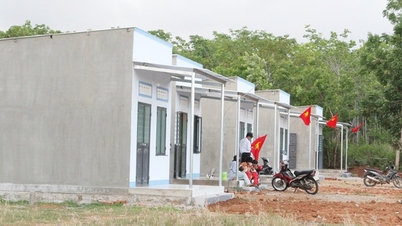












































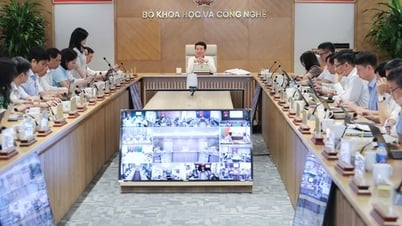






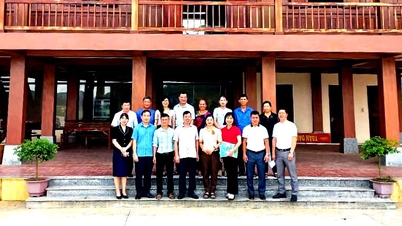

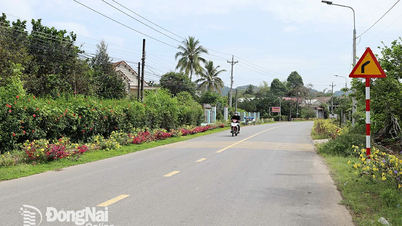
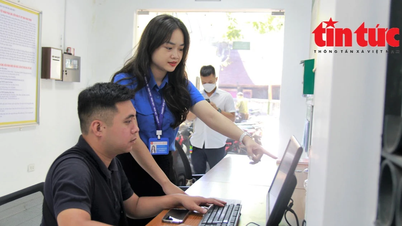

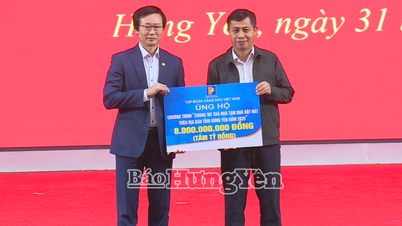














Comment (0)